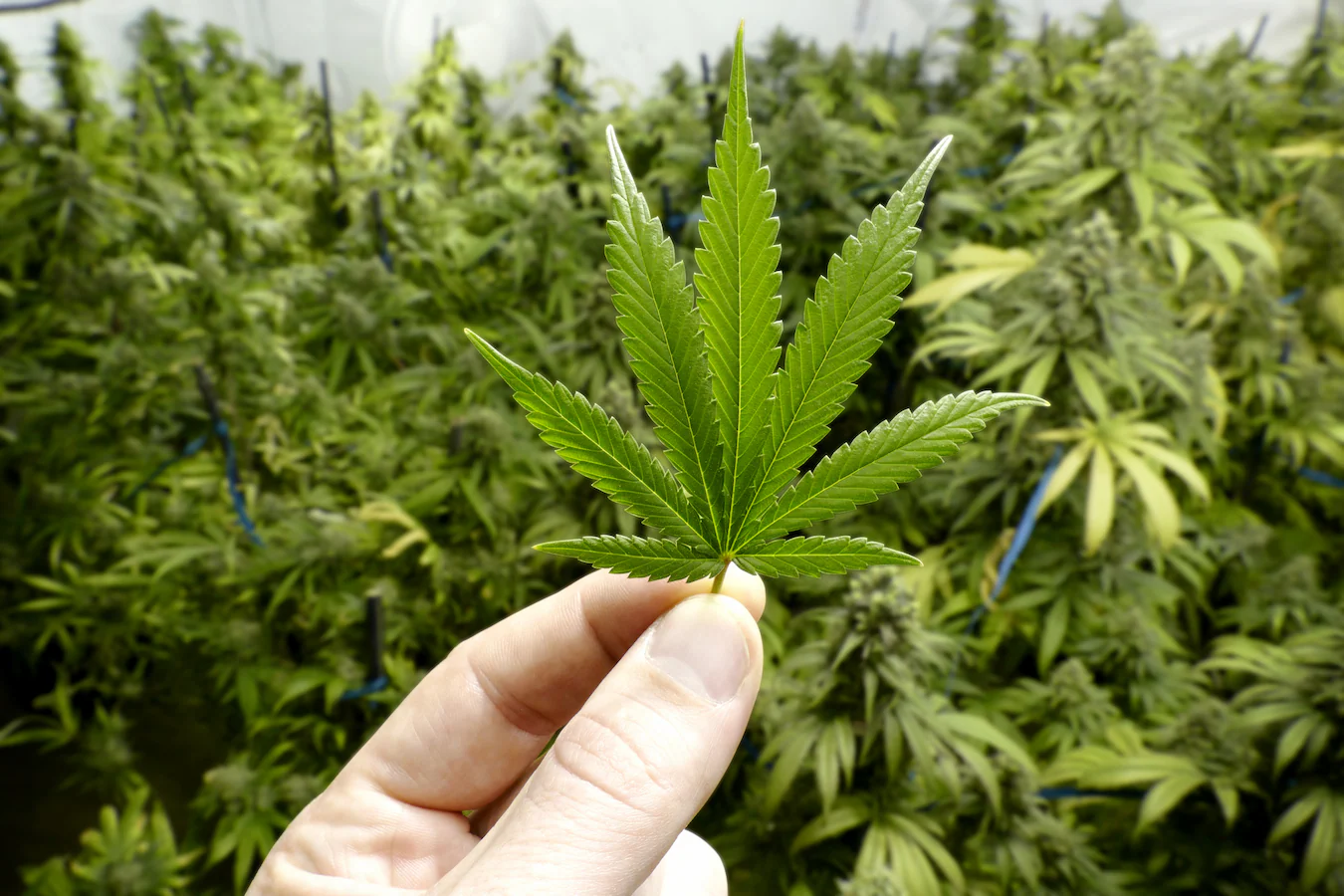Over the past few decades, cannabis consumption in America has moved from a schedule 1 classified substance to full medical legality and widespread recreational legality (a majority of the states have legalized marijuana for recreational use). Cannabis has become a multi-billion-dollar industry and a widely consumed product across all age groups and demographics. This shift is fueled by changing public attitudes, new research highlighting potential therapeutic benefits, and aggressive marketing by cannabis companies–formerly known as “big tobacco”.
As usage becomes normalized, it’s essential to examine the potential health and societal risks.
While many believe marijuana is safer than alcohol or tobacco, studies show that regular use—especially among younger people with developing brains—can impair memory, attention, and decision-making skills. There’s also growing concern about cannabis-induced psychosis and a possible link between high-potency THC products and the onset of mental health disorders such as anxiety, depression, and schizophrenia.
Unlike alcohol, there’s no universally accepted roadside test for marijuana impairment, making enforcement complicated and raising concerns about traffic safety (Driving under the influence of cannabis).
The commercialization of cannabis has also led to a surge in edibles and concentrates, which often contain much higher levels of THC than traditional marijuana. These potent products can lead to accidental overconsumption, especially among inexperienced users or children who mistake edibles for harmless snacks.
An important question is what are the long-term effects of legalization? We have already seen a marked increase in those classified as having cannabis-use-disorder (20-30% of all cannabis users are classified as having CUD). Cannabis legalization requires a balanced public health response. Education, regulation, and ongoing research are crucial to ensure that the U.S. navigates this culture shift responsibly.

